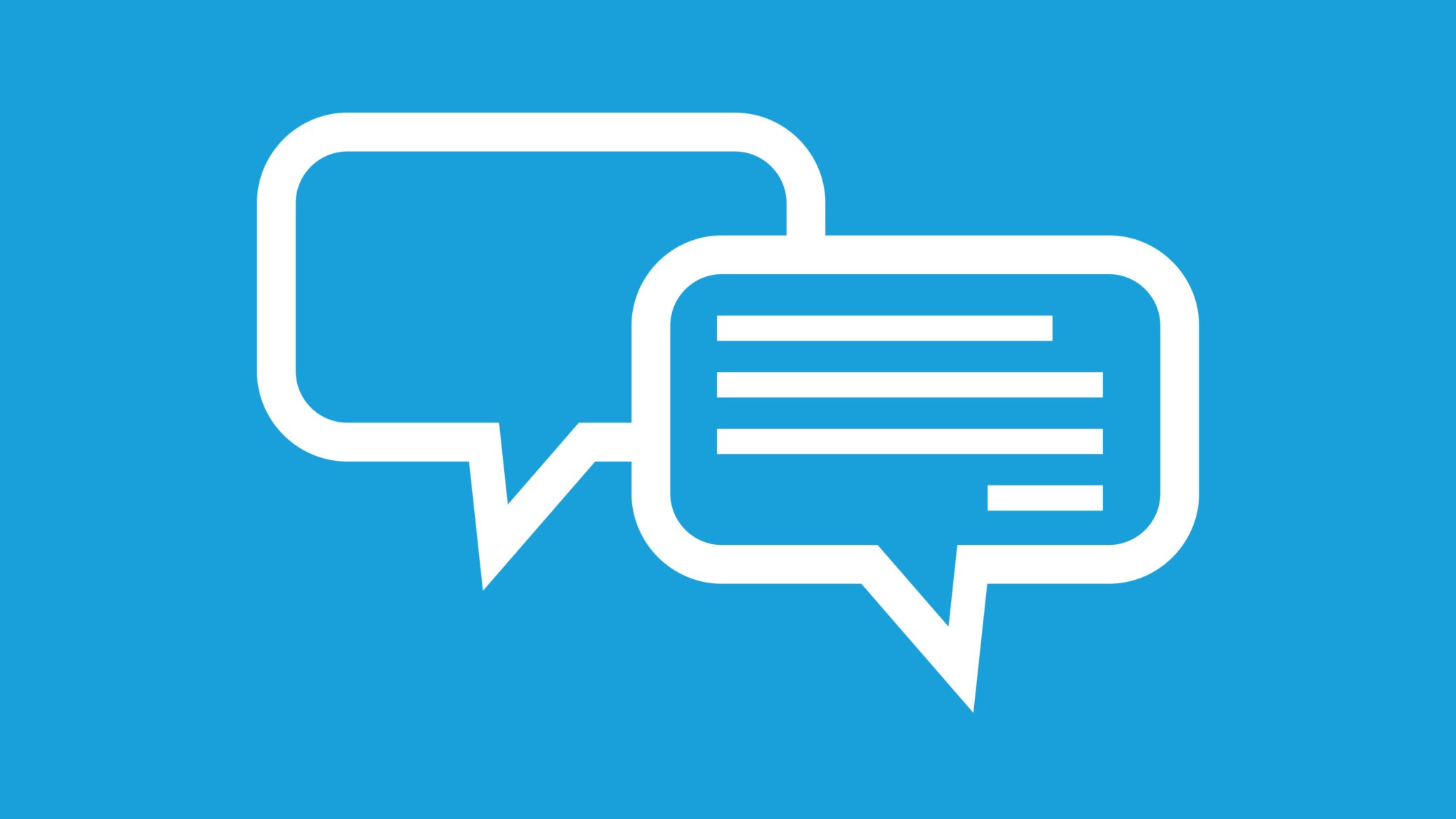Help us learn about active citizens and accountable government
 Shutterstock
Shutterstock
How can citizens around the world hold their governments accountable for high-quality public services like education, health care, and water? There are no perfect answers to that complex question, but we have a hunch: Our hypothesis is that, in combination, more information about how governments raise and spend money, active participation by people in the decisions that affect their communities, and monitoring public services can help. These are three of the ways we’re focusing our transparency, participation and accountability grantmaking, as we tried to spell out in our strategy.
Last year, we started to tackle the challenge of translating these concepts into grants, and decided that it would be useful for prospective grantees and for ourselves to develop more detailed, specific substrategies. We’ve now put those together in draft form, and are inviting your comments help improve them, and more importantly, help us provide more effective support to the organizations doing the work.
The three draft substrategies articulate our priorities, assumptions, and questions, given the resources and constraints within which we work.
The fiscal transparency substrategy by Joseph Asunka explores:
- How can we help build momentum for greater budget transparency?
- What conditions make tax collection more efficient and transparent?
- How can citizens make government procurement more transparent, fair and competitive?
The governance channels substrategy by David Sasaki explores:
- How do citizens connect with their governments in between elections?
- Does participatory budgeting live up to the hype?
- Can paralegals help marginalized groups access their rights to basic services like water, health and education? Who will pay their salaries?
The service delivery monitoring substrategy by Pat Scheid explores:
- How does community-level monitoring of public services affect national-level policy reforms?
- How does gender affect citizen participation? Who wields influence and who benefits?
- How do we know when social accountability isn’t the right approach to improve public service delivery?
In the coming months, we will publish the fourth and final substrategy on field learning led by Alfonsina Peñaloza, which will explore our overall learning priorities and outline how we aim to share knowledge across the organizations who support, apply and learn from the transparency, participation and accountability efforts.
Each of these substrategies is a snapshot of an ongoing conversation by which we aim to increase the responsiveness and impact of our grantmaking. Our grantees tell us in the grantee perception report that they want to hear from us more often, especially about the opportunities and challenges we see to advance the field. So, we’re hoping to hear back from you, with comments and criticisms directed to your program officer; or you can or send them to Anupama Tadanki. We’re counting on your thinking to help us question our assumptions and draw our attention to areas we may have overlooked.
As we’ve written the substrategies, we’ve also hired independent evaluators from Itad to help us refine what we hope to learn, question our assumptions, evaluate our strategy, and recommend ways we can do better. They’ll be working with us over several years, helping us learn from the practical experience and insights of our grantees and others. Together we can continue to adapt and improve our thinking and our doing – so that one day we will have a far deeper answer to the question: How can citizens around the world hold their governments accountable?
